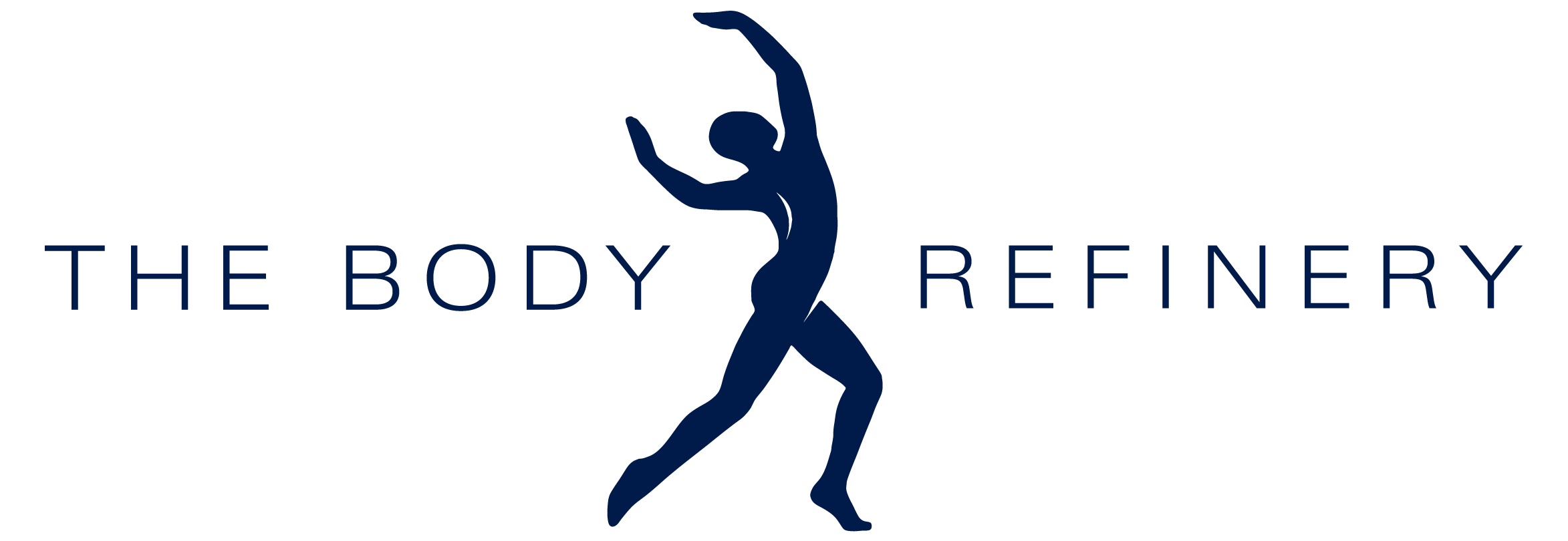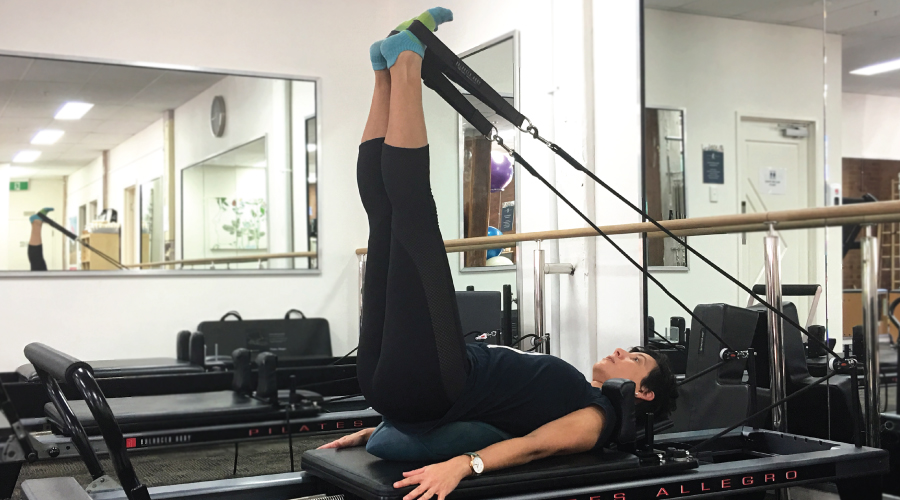The Oov is a small apparatus product that is made from foam, and which has been designed to help activate the core stabilising muscle group. The Oov’s shape compliments the natural curve of the user’s spine, which can help extend the spine, aid in achieving the neutral spine position, and treat spine-related conditions. The Oov is used for strengthening, rehabilitation, relaxation, and treatment… including incorporation into Pilates exercises!
Get your groove on the Oov
The Oov may look a little odd, but its size, shape and material create an added dimension of proprioception (feedback) for the body. It is surprisingly comfortable yet unstable, allowing a natural engagement of the smaller stabilising muscles. To get the most out of using the Oov, it is important that you are matched with the correct size and are comfortable whilst on it. You’ll find three sizes: small, medium and large, with each increasing in length, width and depth. Most people starting supine exercises on the Oov use a pillow or folded towel under their head for comfort.
Here are some great Pilates exercises with the Oov:
1. Prone extension with diaphragm release:
Useful for those with stiff thoracic spines and difficulty gaining mobility here without hinging in the lower back.
• Flip the Oov over (“crease side” facing down).
• Gently lie on your stomach over the wide end of the Oov – as a guide, have the tip approximately in the centre of the lower ribs.
• Let your feet drift to about mat width apart with the toes out and heels in.
• Place your hands, shoulder width apart and then rotate your forearms out to the side so they are at a 45-degree angle.


2. Trapeze Table rolldown series:
The Oov helps assist spinal articulation into flexion, whilst creating a sense of support and assistance as you roll down and up. Don’t be surprised if you start to get the abdominal shakes, even if you only go down half way!
• Sit in the skinny ‘neck’ of the Oov facing the bar and your knees bent.
• Breathe in to prepare, and as you breathe out, let the Oov help you to wind your pelvis backwards and peel you spine down half way (you’ll find that it is supportive yet wobbly at the same time).
• Take a breath in and then breathe out to roll back up.

3. Trapeze Table leg spring series:
A great challenge to stability, whilst gaining increased hip mobility and strength through full hip extension.
• Sit right on the tip of the wider end of the Oov and gently ease your way down onto your back.
• Hold onto the poles at the end of the table for stability. Your instructor will help you to put your feet in the loops. Now you’re ready to work your way through the leg spring series!
• Start with smaller movements than normal the first time, then you can gradually increase your range of movement as you get used to it.


4. Reformer – Footwork/Feet in straps:
Footwork is a great introduction to using the Oov on the reformer, and you can really challenge stability by completing the series on a light spring setting. (Feet in straps can be very challenging to place the feet in/out of the loops so make sure to let your instructor assist for safety.)
• Step 1

• Step 2

• Step 3

Book today on 07 3358 3915 or at info@thebodyrefinery.com.au.
Follow us on Facebook, Instagram and Twitter for a daily dose of Pilates and Wellbeing.


